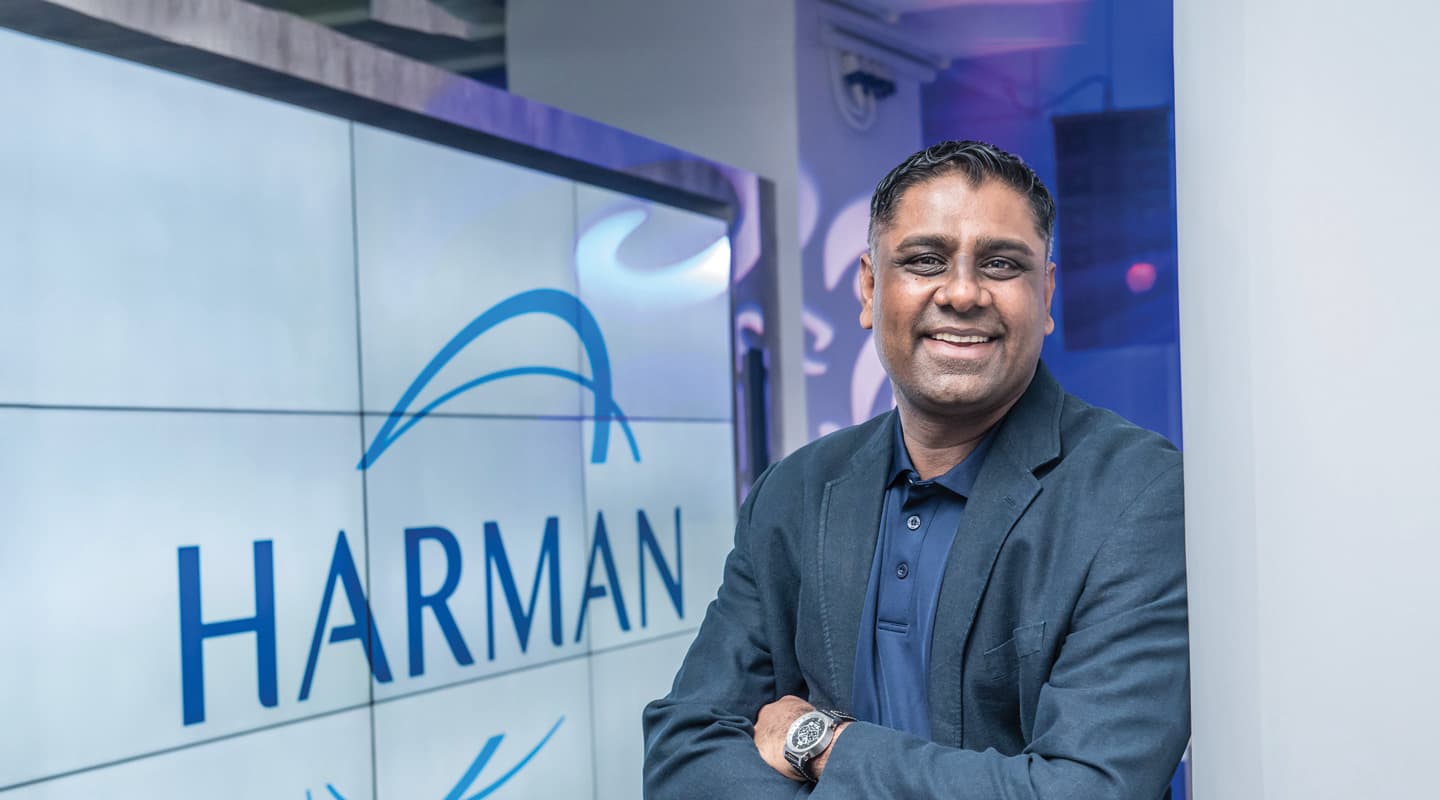
What Harman Did Next
Harman Professional Solutions’ global tectonic shifts sends tremors through our region. We catch up with Asia Pac boss for an update.
Interview:/ Christopher Holder
It’s not the first product to combine Harman Professional Solutions — stable smarts but it most ably embodies the new corporate ethos. Acendo Vibe is ostensibly an AMX product but really it’s a Harman Professional Solutions product. The AMX Acendo Vibe is a new line of primo conferencing sound bars for smaller meeting environments. With a feature set that includes JBL speakers, far-field microphones, a wide-angle camera and a modern office design aesthetic, Acendo Vibe is being sold as an all-in-one intuitive and easy-to-install package. And on the face of it, Acendo looks like a total winner for the upmarket huddle space market. It’s an all-in-one meeting room appliance that’s as easy to use as a smart phone. It looks amazing and all it needs is a display… ah, yes, displays. More on that later!
Harman Professional Solutions has done a good job of leveraging the legacy of its iconic brands like JBL, AKG, BSS etc and blending them with the HARMAN brand. Harman Professional Solutions also understands it is uniquely placed in the AV landscape because it has industry recognisable brands in Lighting, Audio, Video and Control.
HARMAN PUSHING HARMAN
Some four years ago, Harman Professional Solutions began pushing HARMAN. Since then a heckuva lot has changed. In that time Harman purchased AMX (which not that long before had itself purchased SVSI). A restructure of global operations meant the myriad offices around the world were shut down in preference to having three Centres of Competency in Northridge, CA for acoustics; Richardson, TX for electronics, DSP, and video and control; and Aarhus, Denmark for lighting. On top of this, duplicate positions across the brands Harman Professional Solutions acquired resulted in the announcement of 650 layoffs, although this was countered by an aggressive hiring program from the company. Still, net loss to the business was somewhere over 200 people. In amongst all of this, the company was acquired by Samsung, with the deal completed in March of 2017.
Like I said, a lot has changed, but Harman Professional Solutions says its business is now better-positioned to meet its customers’ needs. It also says the changes will increase its speed of new product development; improve the supply chain; optimise sales, support and corporate functions; and accelerate its investment in IT, infrastructure and marketing. Closer to home, 2017 also saw the company part ways with Jands, as part of an extensive review process to reduce the complexity of its structure in Australia. The breakup was less like a Brangelina de-coupling and more like seeing your grandparents unexpectedly ending their 35+ year marriage. It seemed inconceivable. The change sees CMI taking on Harman’s MI retail, recording and prosumer, avt taking care of integration & installation products, while Show Technology maintains its steady grip on Martin.

CROWN JEWEL OR ORPHAN CHILD?
AV Asia Pacific spent an hour with Ramesh Jayaraman, Vice President and General Manager, Asia Pacific, Harman Professional Solutions to better understand what those tectonic shifts mean for the region and where they’ll lead.
AV Asia Pacific: What do you make of the industry suspicion that Samsung was only ever interested in Harman’s ‘connected car’ smarts and don’t really know what to think of the Professional division?
Ramesh Jayaraman: What we’re actually seeing is that Samsung is very bullish on the future of Harman Professional Solutions and its AV brands. Samsung sees an opportunity to leverage our ability to sell into places where the addition of one of its displays would offer a complete solution. That represents a huge selling opportunity for Samsung and Harman Professional Solutions.
AV Asia Pacific: Right, so not the ‘orphan child’ then?
Ramesh Jayaraman: Not at all. Samsung sees real value in the brands of Harman Professional Solutions. The restructuring has also seen huge investments in our side of the business. With Samsung’s full support, we have some very exciting times ahead.
SOLVING SOLUTIONS
AV Asia Pacific: How’s the push toward providing solutions working out for Harman?
Ramesh Jayaraman: Harman Professional Solutions and Samsung are looking at integrated offerings for our customers. Take the boardroom as an example. We’ve always been the leader in providing solutions for the boardroom with our iconic brands AMX, Crown, AKG, BSS… what we missed was a display and now we have that. Now it’s about bringing it all together; creating a synergy; going in as one team, talking to people as one team. Another example is the hospitality/ hotels sector. Samsung displays and televisions are in more hotel chains that anyone else. That puts Harman Professional Solutions and our partners in a unique position to provide offerings from the same house. We are a true one–stop-shop, with solutions for a range of industry verticals.
AV Asia Pacific: Regionally, how has the Harman restructure gone?
Ramesh Jayaraman: We have consolidated our presence into a new regional headquarters in Singapore opened in late 2016. In APAC, Harman Professional Solutions recorded a stellar performance in 2017 and we see our strategy pointing us to some successful times in 2018.
AV Asia Pacific: From our chat this time last year your push was to really engage the end users — hotels, stadiums, cinemas etc. There was more than a whiff of a change in distribution model there.
Ramesh Jayaraman: The market strategy is to work with our partners. But additionally, our business development efforts include working with our end customers, that’s part of the strategy. But all final closures happen through our partners. We’ve more than doubled our workforce in the region. The people we’re bringing in are the crème de la crème of the industry and becoming the voice of Harman Professional Solutions. That’s a very positive cycle. Asia Pac has become the fastest growing region within Harman Professional Solutions. But like you, I heard the rumours: ‘Harman’s going to go direct’. No, that’s not our strategy. We’re a solutions provider; a manufacturer. The strategy in Australia and everywhere in APAC is to work closely with our partners and build country level strategy for growth together.
AV Asia Pacific: How do you explain the success over the last year?
Ramesh Jayaraman: We identified and looked hard into our vertical markets and asked ourselves ‘how do we go deeper in the vertical we serve?’. It’s what I like to call the ‘inch-wide, mile-deep’ approach. The product solutions are the same but how do I get deeper and serve a wide range of the market within our focus verticals? It’s about having the distribution partners with the specialised knowledge to service the verticals they operate in. Giving end users what they want, according to their requirements, and nearer to them. Last year we picked out three verticals and went deep: retail, cinema, broadcast. In the case of broadcast, an OB truck, for example, it’s about focussing on more than the Studer console — glamorous as it is — and providing a complete end to end solution including audio requirements — speakers, mics, lighting etc. “Inch-wide, Mile-deep”. Our solutions-selling combined with a “Customer First” approach is the focus of our strategy in the region and we are happy to take this one step at a time.
AV Asia Pacific: You mentioned Retail as another vertical your focussing on. Any insights into how to go ‘mile deep’?
Ramesh Jayaraman: The question I ask myself and the team is why are we only selling through MI shops? As an example, why is a JBL Eon One only in a MI shop when BBQs Galore or Officeworks, for example, might be just as effective? It is about bringing our products closer to our customers, and making it easier for them to experience and buy our products.
AV Asia Pacific: The inference being, once upon a time you might only buy a computer in a specialist retailer while now you can grab one from a variety of sources.
Ramesh Jayaraman: Exactly, it’s no different to buying a laptop. We need to expand our retail presence. Another aspect is giving ourselves greater point of sale consistency. Go into an MI store and you’ll be met by a wall of black PA speakers. How do we differentiate JBL? We’re orange — it’s the colour of our logo. So why aren’t we showing that more? How do customers find us more easily in a store? Many of these basic points we addressed by building point of sale displays and adding merchandising, to better highlight our products in stores that are nearer to our customers.
AV Asia Pacific: Still, it’s radical thinking. Are most of your partners willing to go on the ride?
Ramesh Jayaraman: Our partners have been absolutely phenomenal and are a great strength to us in supporting our market approach. We’ve spent the last year working on planning that approach, including strategic market mapping which was done in conjunction with our partners. We are working together on joint promotional activities that will attract the attention of our customers, get them to experience our products and help with sell through.

AUSTRALIA SUMMARY
AV Asia Pacific: More specifically, how’s the new approach going in Australia?
Ramesh Jayaraman: The intent wasn’t to change partners in Australia, it was to work with the existing partners and grow. In other markets we’ve had long-time partners — 40 years-plus Harman Professional Solutions relationships — who have said, ‘I love your thinking Ramesh, let’s work together on this and make it happen’. When the results follow, you don’t need to sell it. That’s what’s been happening elsewhere in APAC.
AV Asia Pacific: You’ve come from outside the industry and joined Harman late 2016. Was there any resistance to your approach because of that?
Ramesh Jayaraman: We have a lot of smart partners who are technically very good. What we’ve changed is our approach and that’s now: “Customer First”. We realigned our strategy to be customer–facing, so we provide them what they want and enhance their experiences using our products. For example, I get an opportunity to speak to a lot of CEOs and other top executives. We have discussions around their boardroom experiences and conferences. The consistent feedback centres around the time spent kick-starting a meeting by getting connections to laptop, projector, display etc., right. At HARMAN Professional Solutions, we can fix that. We can solve a basic customer need by providing the right solutions that can begin meetings when people are in the room. We can provide solutions in lighting, audio, video and control to satisfy customer needs. So our fundamentals start with the customer: what the customer wants, not what I want to give them.
AV Asia Pacific: How would you explain the Australian distribution shake-up to the market?
Ramesh Jayaraman: Market coverage and simplicity. Are the partners we have able to co-work with us and build a strategy to cover the whole of the Australian market? That’s why the ‘shake-up’ happened. CMI has been a long-time Harman Professional Solutions partner and they’ve done a stellar job in building the DigiTech and AKG brand.s CMI has a real hunger to do well in what they do, They’re always thinking about ‘bigger’ and ‘better’. avt has been an amazing partner for us. As an AMX distributor they built a sizeable business and they’re well respected. I’ve been impressed with how avt has invested in the Harman Professional Solutions install business.
So I have avt, CMI and Show Technology as HARMAN Professional Solutions country partners in Australia. And it’s amazing now how many good customers we are bringing on board with our world class solutions. They are invested for long term and we see success in the Australian market jointly.
AV Asia Pacific: There must be thought to allowing avt to sell Samsung displays at some point in the future?
Ramesh Jayaraman: We are in the early stages of harnessing Harman Professional and Samsung synergies. Presently we’re working on various areas together, including Cinema and Corporate Solutions for this region. Once I have more information specific to Australia, I would love to share it with your readers.
AV Asia Pacific: So is that Australia done?
Ramesh Jayaraman: For the Australian market our partners are settled into their new roles and markets. The majority of our verticals are well covered in terms of our ability to provide full solutions. We are working on confirming partners for the cinema and broadcast sectors, because these are specialist verticals.
PRODUCT DEVELOPMENT
AV Asia Pacific: How’s the new solutions focus impacting product development?
Ramesh Jayaraman: Acendo is a good example of the new approach. We’ve always had a strong presence in big corporate meeting rooms. Now we’re creating devices that solve the needs of smaller conference rooms or huddle spaces. Harman Professional Solutions’ latest offering, Acendo combines a lot of our proprietary smarts into one integrated product that makes our customers’ lives easier.
AV Asia Pacific: Would you say there’s a pivot, more generally, towards packaged, ready-to-roll solutions across Harman Professional? And what does that mean for those whose job it is to specify and integrate these products?
Ramesh Jayaraman: The traditional markets aren’t going away we’re just opening up new markets and customers in our traditional markets. Harman Professional Solutions has always been strong in the corporate space. But for every executive boardroom or large meeting room, a business might have eight or more huddle spaces. In Acendo, we now have a solution that caters directly to that sort of space. The customer wants simplification. Whether the amplification is from Crown or whether BSS is taking care of echo cancellation is not as important to the customer as just having a pain-free meeting.
The ecosystem of the manufacturer, distribution partner and dealer/systems integrator is needed. The ecosystem of the consultant and the customer is needed. We can make our workplaces more technology savvy and help our customers enhance their experiences. We’re all about increasing that cooperation between the partners in the ecosystem and making it stronger. I’m not about eliminating any link in the chain.
AV Asia Pacific: Your background is in security systems. Can commercial AV learn anything from Security or more broadly, IT, when it comes to providing solutions?
Ramesh Jayaraman: Security is a deeper subject with lots of confidentiality surrounding it. But there are a lot of similarities between the industries. What we can learn is that as with security systems, big business and government don’t want to invest capex money in AV systems. They’d rather lease. Or educational institutions, for example, they want a three year refresh program. Rather than investing upfront on a $1500 laptop, they’re happy to explore financing models that help them pay monthly, freeing up capital to invest in their core needs. In the world of commercial AV, service contracts and long term partnerships will get more important and at Harman Professional Solutions, we are working to facilitate this with our HARMAN Finance program. We work closely with our partners and integrators to build customer friendly finance tools that help fund these agreements.
AV Asia Pacific: I guess we’re talking about the commoditisation of AV. Which isn’t exactly a ‘great news’ story for most in the industry.
Ramesh Jayaraman: Every industry goes through this cycle. The same thing happened to the fire and security space years ago and many predicted doom and gloom… ‘we’ll be buying home security devices from online retailers, and our industry is doomed’. It didn’t happen. The big companies grew stronger.
Commoditisation isn’t a bad thing in and of itself. It’s worth asking ourselves, ‘how do I take a commodity solution and make it something the customer wants?’ Put the customer first.
As a systems integrator I might approach a CEO and tell him he needs to spend $100k to upgrade his meeting room. The CEO responds by saying he’ll speak to his CFO and gets back to you maybe next year. Or, as a systems integrator I can say ‘for $500 a month I’ll give you an always-on meeting room’. ‘Go ahead,’ says the CEO, ‘do it now’. It’s a different way of thinking. And don’t forget, that when you deploy these new appliances in numbers you need a consultant and an SI to do it properly. As we speak, we have a customer exploring the deployment of 2000 Acendo units. We are working with a consultant and an SI to fulfil the requirements. Once you start working with more than a few of these devices it can be quite complex to integrate. We don’t see that eco system going away. It can get stronger, but the players do need to change the way they think.


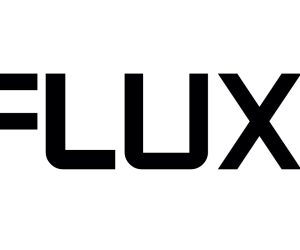
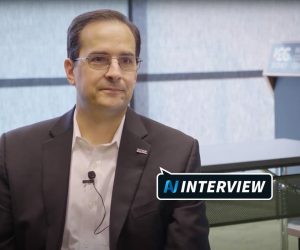
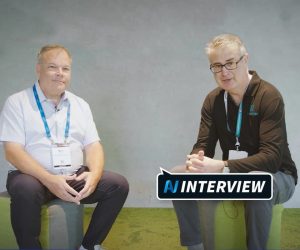

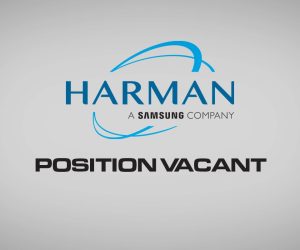
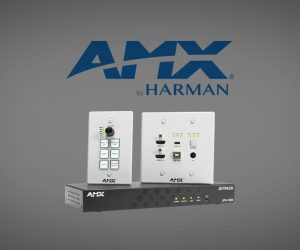

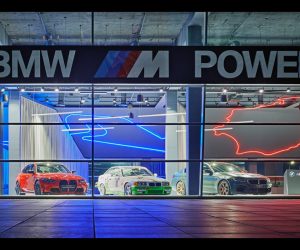

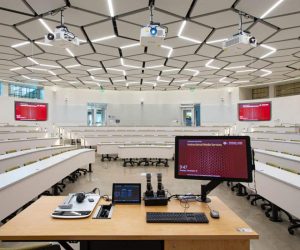



RESPONSES